I'm trying to convert BufferedImage to Mat for a large set of images with different file types downloaded from the internet. Because I am scraping the images from websites, I have no control over the file formats. I can easily load them to BufferedImage without knowing the format, but to convert them to Mat, I need to know the image type. Unfortunately, there doesn't seem to be a nice correspondence between CvType and BufferedImage types.
CvType represents image types with the format CV_<bit-depth>{U|S|F}C<number_of_channels> where U is unsigned char, S is signed char, and F is float.
BufferedImage types have more variety in the representation including a symmetrical channels (TYPE_4BYTE_ABGR), varying numbers of bits (TYPE_BYTE_BINARY), and whatever an indexed byte image is (TYPE_BYTE_INDEXED).
Based on the documentation, I tried to complete my own correspondence.
BufferedImage imgBuffer = ImageIO.read(new File("example.gif"));
//Save file as reference
File outputfile = new File("temp/image.png");
ImageIO.write(imgBuffer, "png", outputfile);
//My correspondance
int curCVtype = -1;
switch (imgBuffer.getType()) {
case BufferedImage.TYPE_3BYTE_BGR:
curCVtype = CvType.CV_8UC3;
break;
case BufferedImage.TYPE_BYTE_GRAY:
curCVtype = CvType.CV_8UC1;
break;
case BufferedImage.TYPE_INT_BGR:
case BufferedImage.TYPE_INT_RGB:
curCVtype = CvType.CV_8SC3;
break;
case BufferedImage.TYPE_INT_ARGB:
case BufferedImage.TYPE_INT_ARGB_PRE:
curCVtype = CvType.CV_8SC4;
break;
default:
// The types not handled by my correspondence
// BufferedImage.TYPE_BYTE_BINARY;
// BufferedImage.TYPE_USHORT_GRAY;
// BufferedImage.TYPE_4BYTE_ABGR;
// BufferedImage.TYPE_4BYTE_ABGR_PRE;
// BufferedImage.TYPE_BYTE_INDEXED;
// BufferedImage.TYPE_CUSTOM;
System.out.println("Unsupported format:" + imgBuffer.getType());
//Here I choose a default type
curCVtype = CvType.CV_8SC3;
}
//Convert to Mat
byte[] pixels = ((DataBufferByte) imgBuffer.getRaster().getDataBuffer()).getData();
Mat img = new Mat(imgBuffer.getHeight(), imgBuffer.getWidth(), curCVtype);
img.put(0, 0, pixels);
//Write the output to compare
Imgcodecs.imwrite("temp/image_mat.png", img);
Questions
- Am I going about this correctly? Or is there a better approach?
- What are the correct correspondences for the types that are in my default case?
Examples
Converted to PNG by BufferedImage

Output PNG after conversion to Mat. BufferedImage type wasTYPE_BYTE_INDEXED converted to CvType.CV_8SC3

Output PNG after conversion to Mat. BufferedImage type wasTYPE_BYTE_INDEXED converted to CvType.CV_8UC3

Resources:
My starting code came from Converting BufferedImage to Mat in opencv .
What I know about CvTypes came from What's the difference between cvtype values in OPENCV? .

